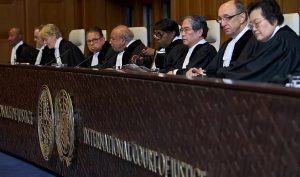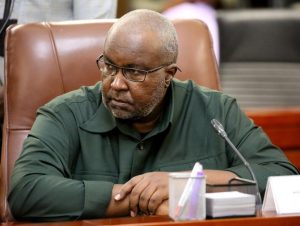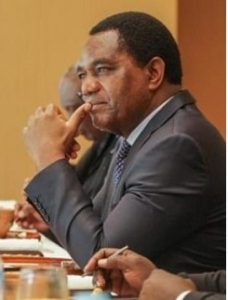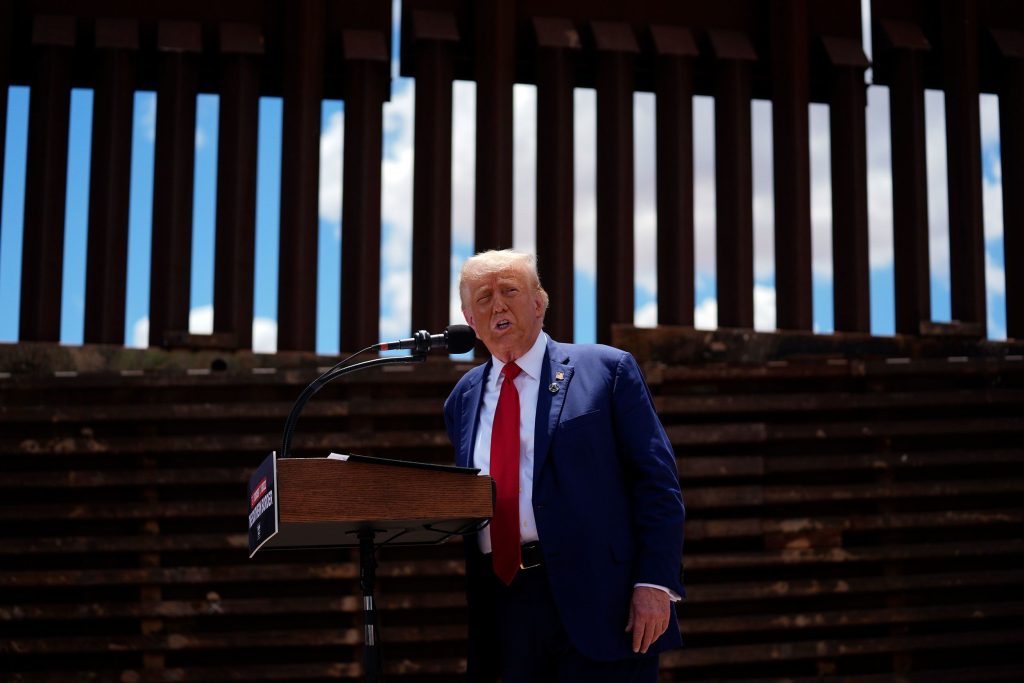
As part of his second term, President-elect Donald Trump’s team is strategizing an assertive approach toward Latin America, playing a central role in his plan to deport undocumented migrants on a large scale. The new administration is taking a more methodical approach, focusing on leveraging allies and imposing pressure on countries that are hesitant to accept deported nationals.
During his first term, Trump adopted a tough stance toward Latin America, often using tariffs, sanctions, and other punitive measures. This strategy is expected to continue as he works to curb migration and address the growing number of undocumented immigrants in the U.S. Trump’s team is confident that this time they are better prepared, learning from the challenges of his first term and refining their tactics.
One of the primary tools in Trump’s plan is collaboration with Mexico, which has long been a key partner in controlling migration to the U.S. The new administration aims to revive agreements that prevent migrants from seeking asylum in the U.S. if they passed through certain countries. Additionally, the Trump team is working with Panama to halt the flow of migrants through the Darien Gap, a perilous route many take to reach the U.S. border.
Deportation, however, relies heavily on diplomacy, and Trump’s team is aware of the complexities of working with countries where relations have been tense. According to sources involved in the discussions, the Trump administration plans to employ strong measures to ensure countries cooperate. “Everything is on the table,” one source said, emphasizing that the administration’s approach will involve leveraging both incentives and consequences.
In recent years, migration in the Western Hemisphere has surged, partly due to worsening conditions exacerbated by the COVID-19 pandemic. Countries like Venezuela, grappling with severe economic collapse and political instability, have seen millions of people flee, many heading toward the U.S. Trump’s team is prepared to use sanctions against countries like Venezuela if they fail to cooperate in taking back deported migrants.
For instance, Venezuela had initially agreed to accept deportation flights, but the government stopped the practice, prompting the U.S. to reconsider using sanctions again. Trump’s team feels more confident now, having gained a better understanding of the diplomatic landscape and how to effectively apply pressure.
The Biden administration has made some headway in repatriating migrants, including securing flights to China. However, many countries in the region are bracing for Trump’s second-term policies, expecting a more forceful approach. One source familiar with the situation noted, “They expect he’s going to be fierce and destructive to the region…they’re preparing in a savvy way for the approaches he’s going to take.”
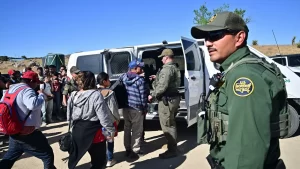
Trump’s emphasis on deportation could also destabilize the economies of countries that rely heavily on remittances from their nationals working in the U.S. The threat of deportations may create tensions, as many countries are wary of the economic fallout. Mexico, for example, has signaled its willingness to accept deported individuals but is also working to reduce the number of deportations by improving conditions for migrants in the U.S.
The Trump team is also looking to revive and expand agreements like the Asylum Cooperative Agreements, which were initiated during his first term. These agreements, particularly with countries in the Northern Triangle (Guatemala, Honduras, and El Salvador), allowed the U.S. to send asylum seekers to those countries to have their cases processed, rather than in the U.S. The agreement with Guatemala was the only one that became operational, but the Trump administration is looking to expand these deals across more countries.
El Salvador’s President Nayib Bukele has been a key ally, as he was one of the first Latin American leaders to express support for Trump’s policies. However, Guatemala and Honduras may present more challenges when it comes to signing such agreements. The Trump team plans to expand “burden-sharing” deals to as many countries as possible, with the goal of reducing the number of asylum seekers trying to enter the U.S.
While Trump’s aggressive strategy has a clear objective—curbing migration—it is not without its challenges. Andrew Selee, president of the Migration Policy Institute, pointed out that the U.S. does hold significant leverage in the region, but not all of the cards are in its favor. The strategy will require cooperation from a variety of countries, each with its own political and economic interests.
In conclusion, Trump’s approach to Latin America in his second term is expected to be more calculated and assertive, focusing on using diplomatic leverage and imposing consequences on countries that resist taking back their nationals. Whether this strategy will succeed or encounter significant hurdles remains to be seen, but it will undoubtedly have profound implications for U.S.-Latin America relations and migration patterns in the region.


